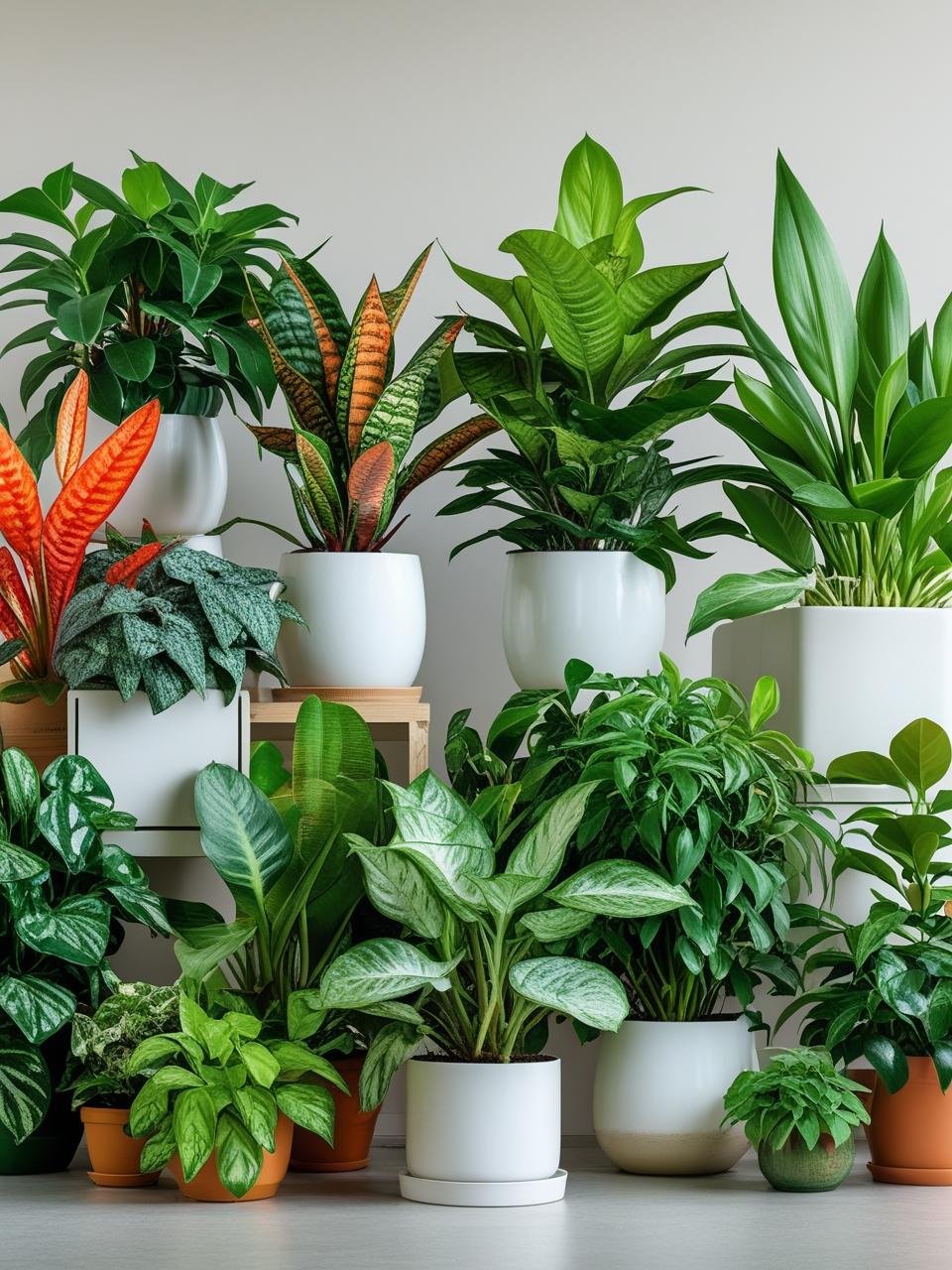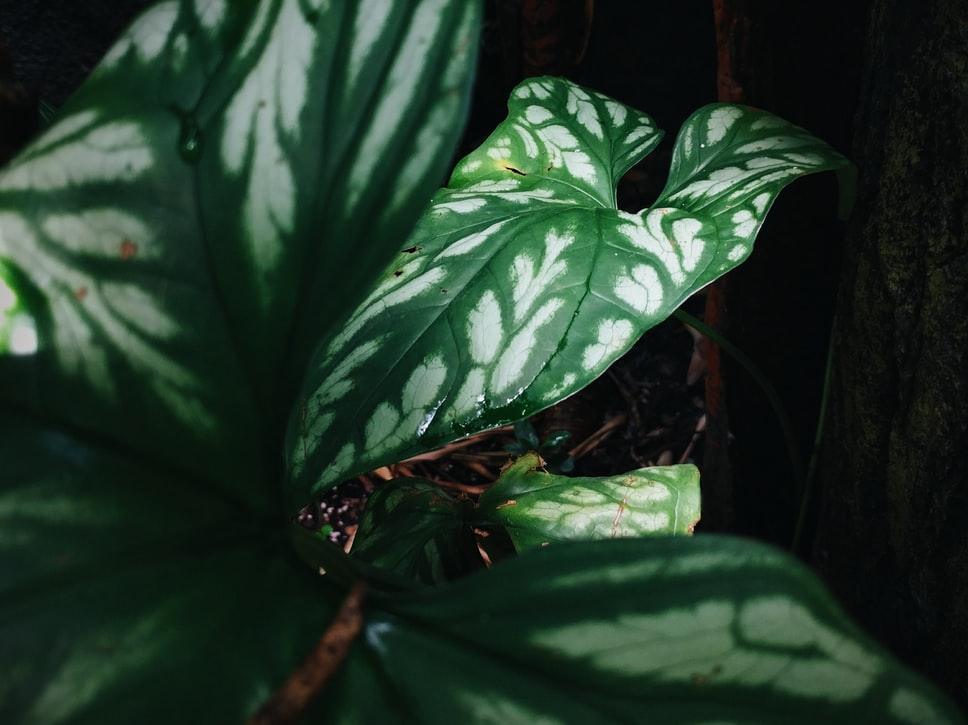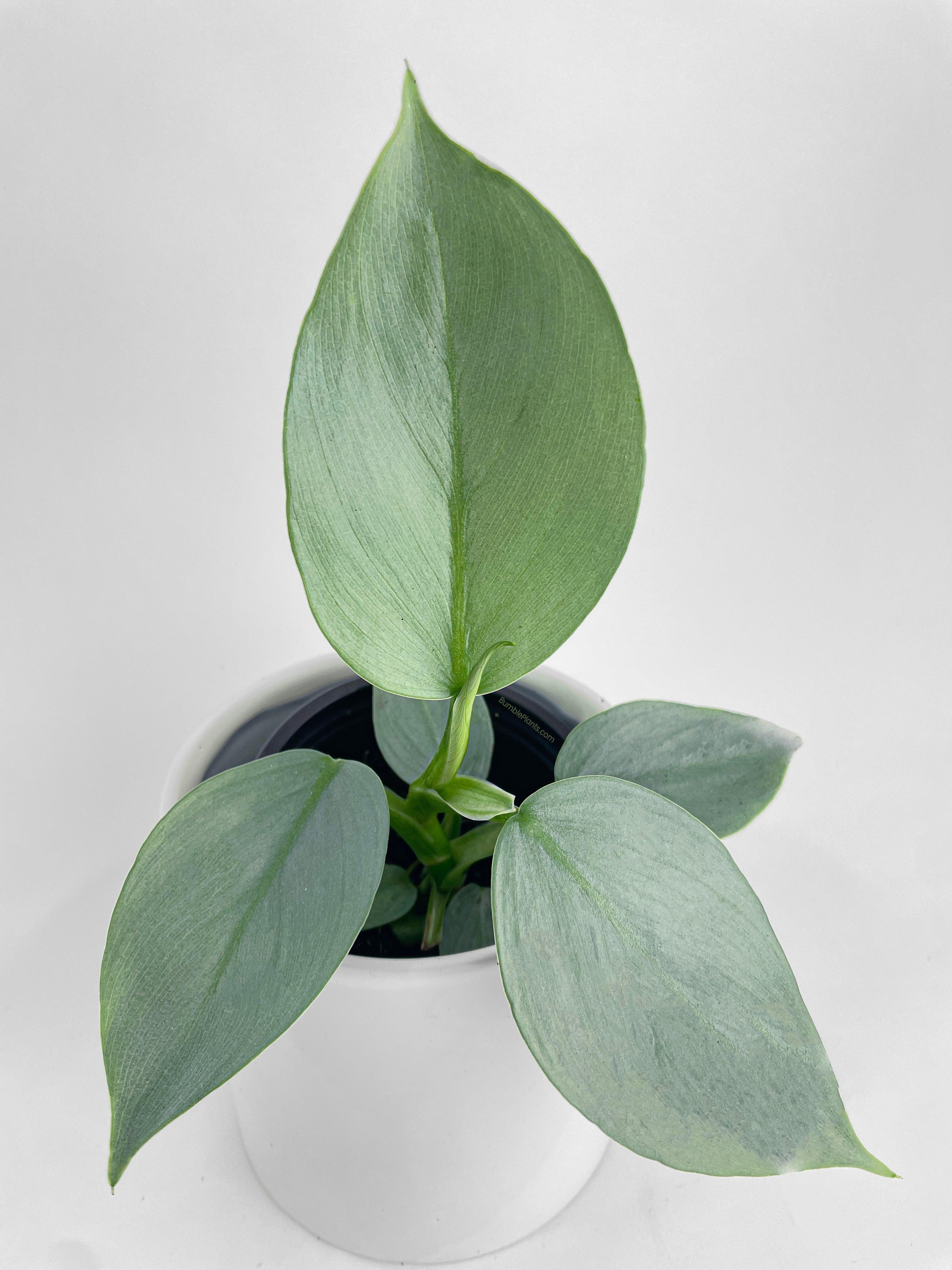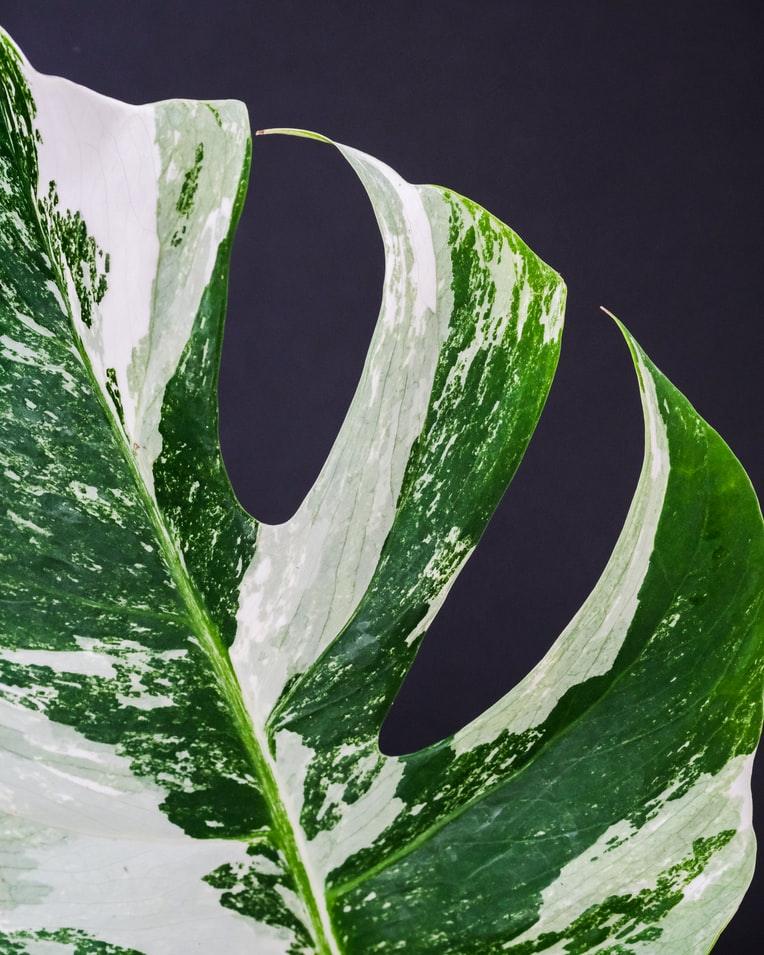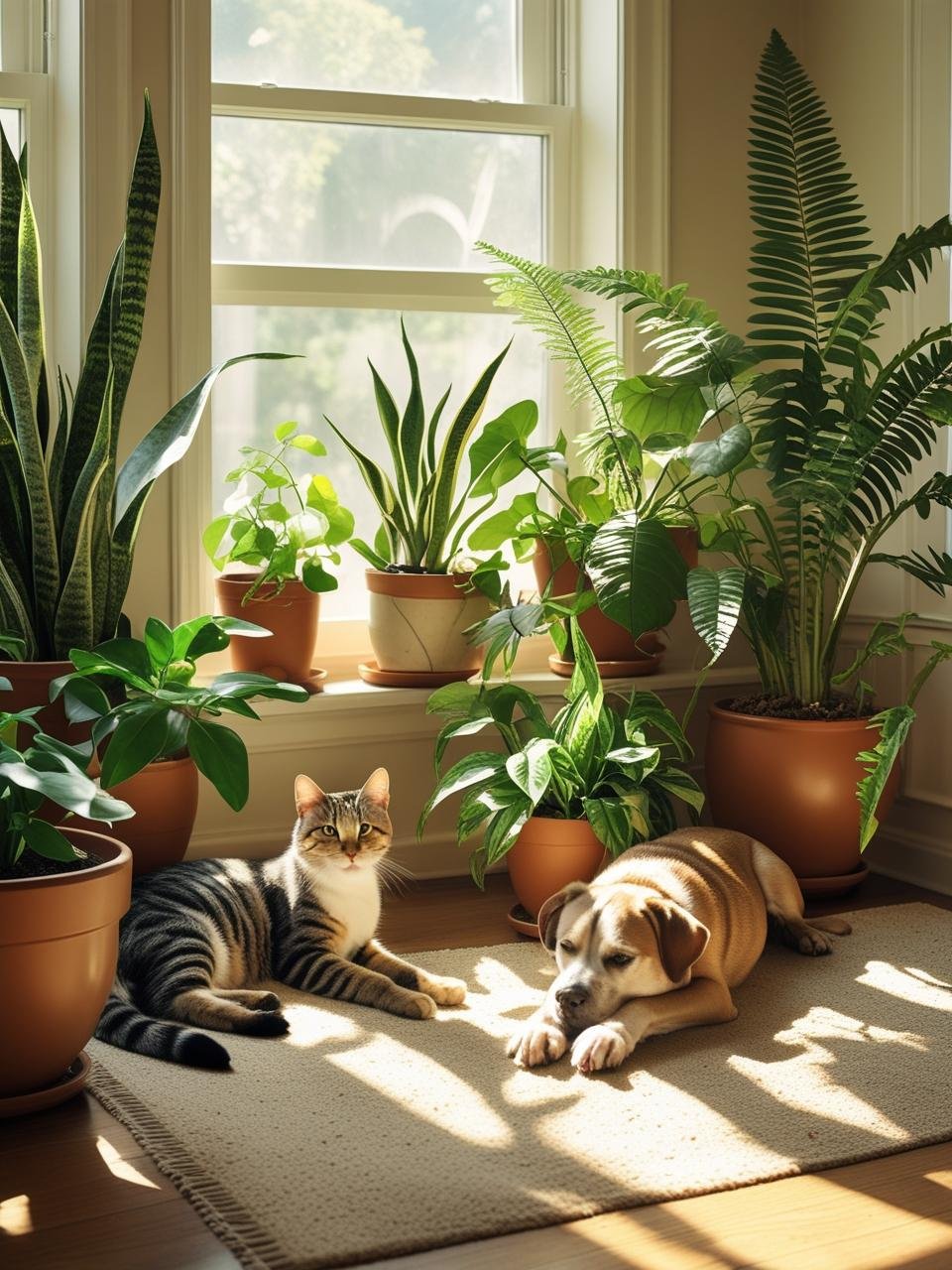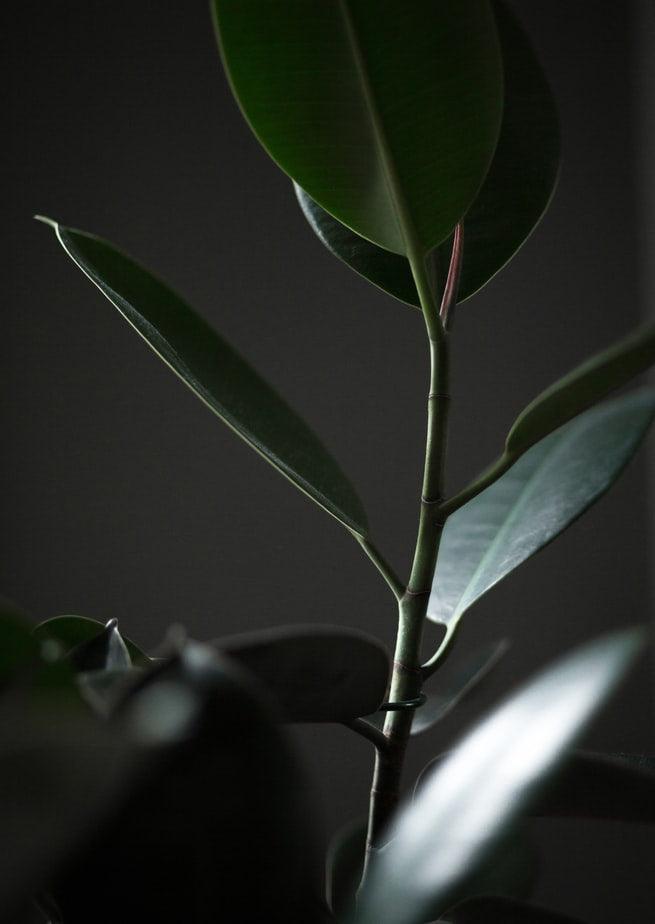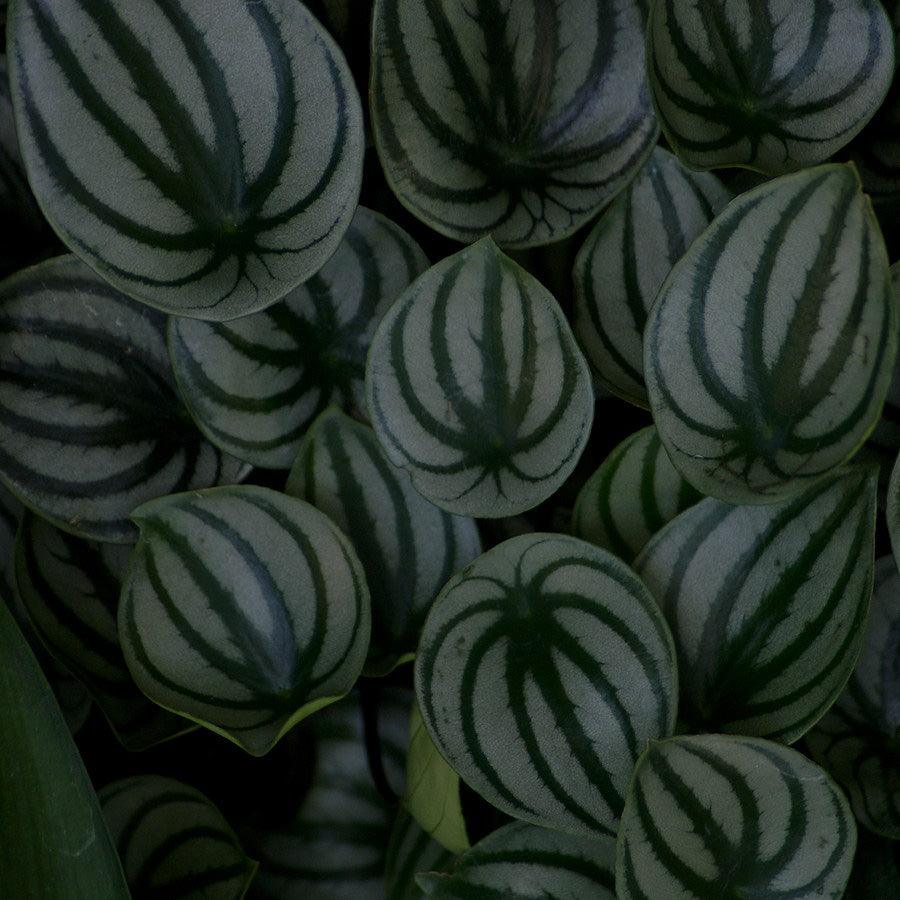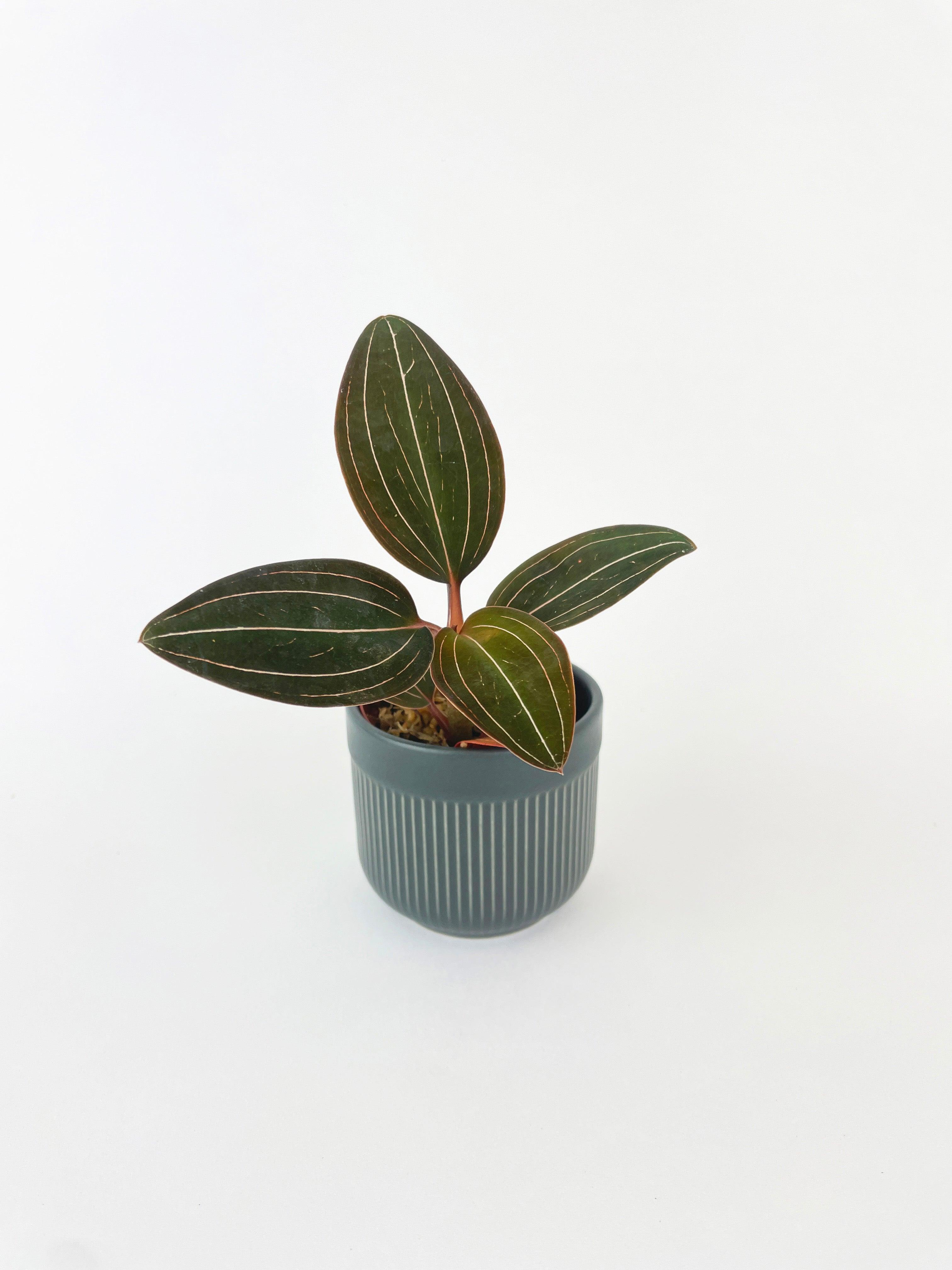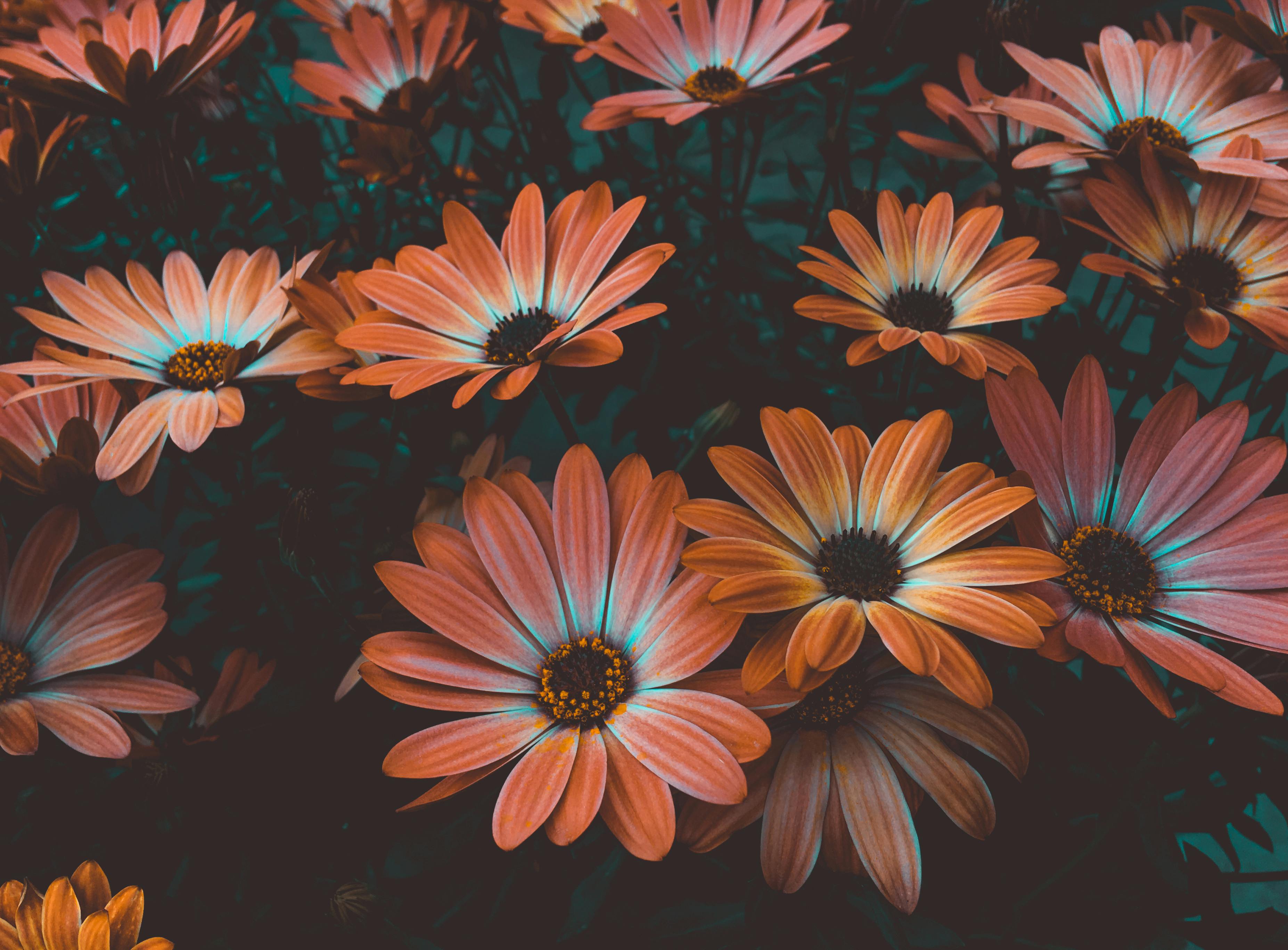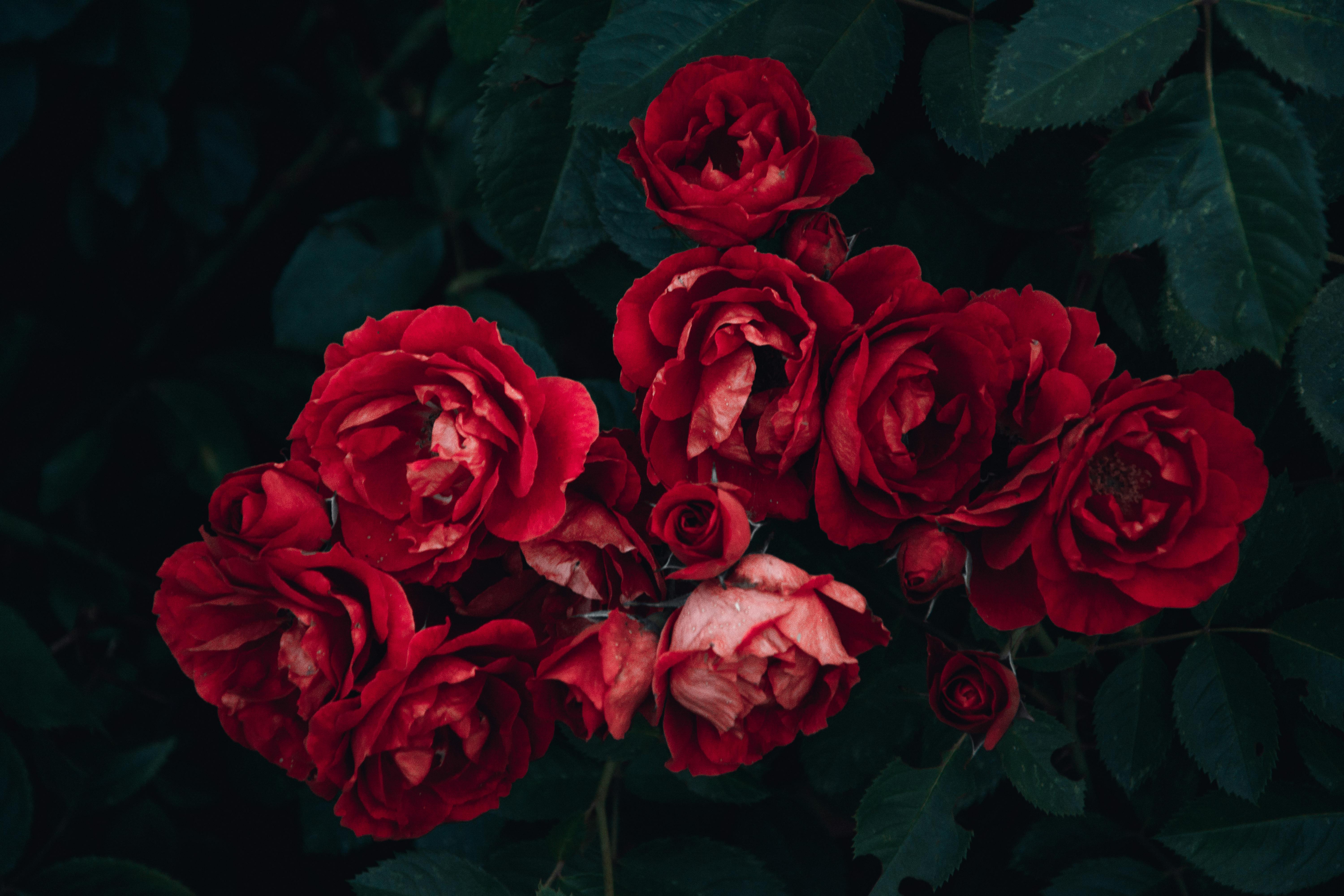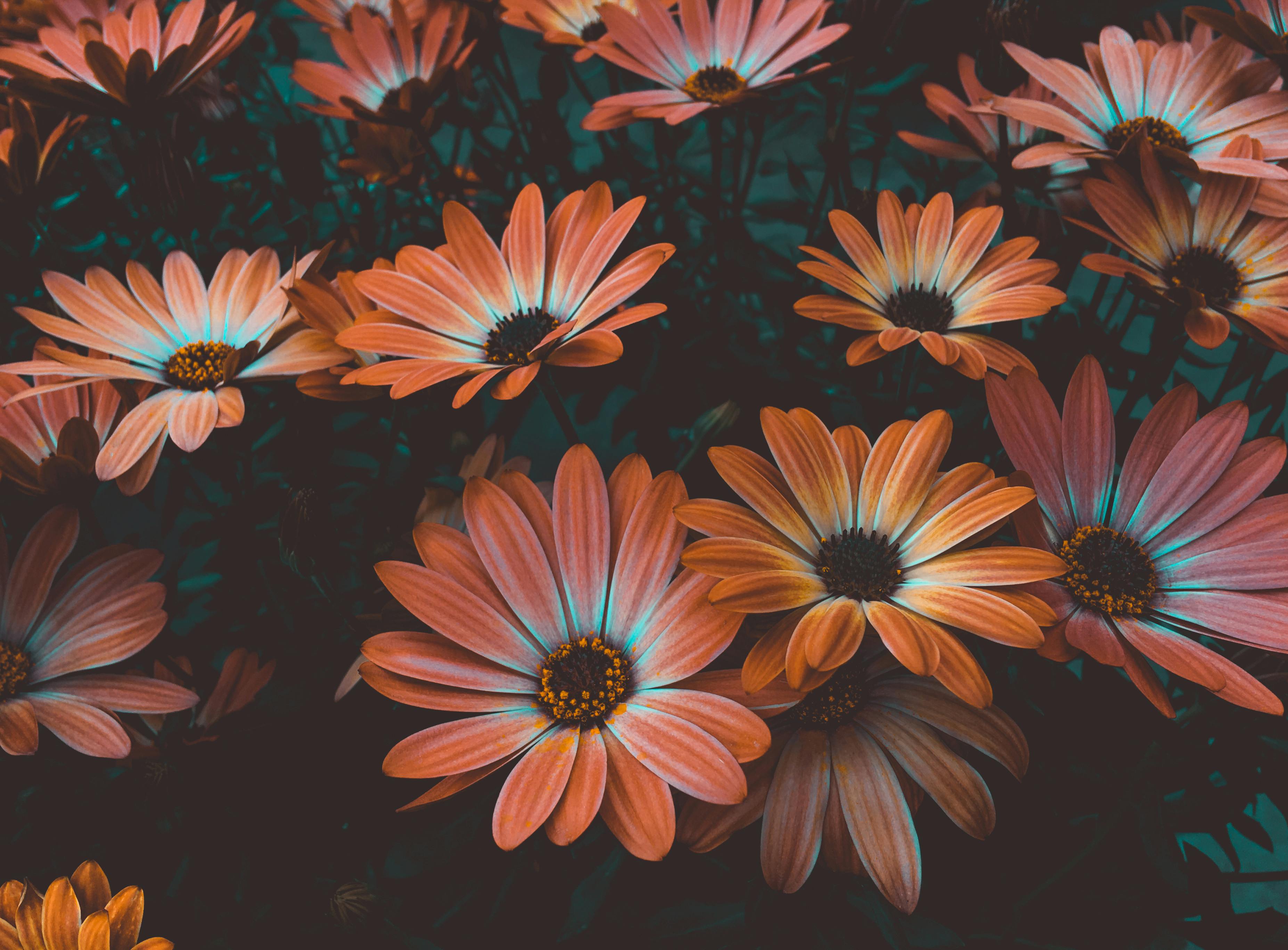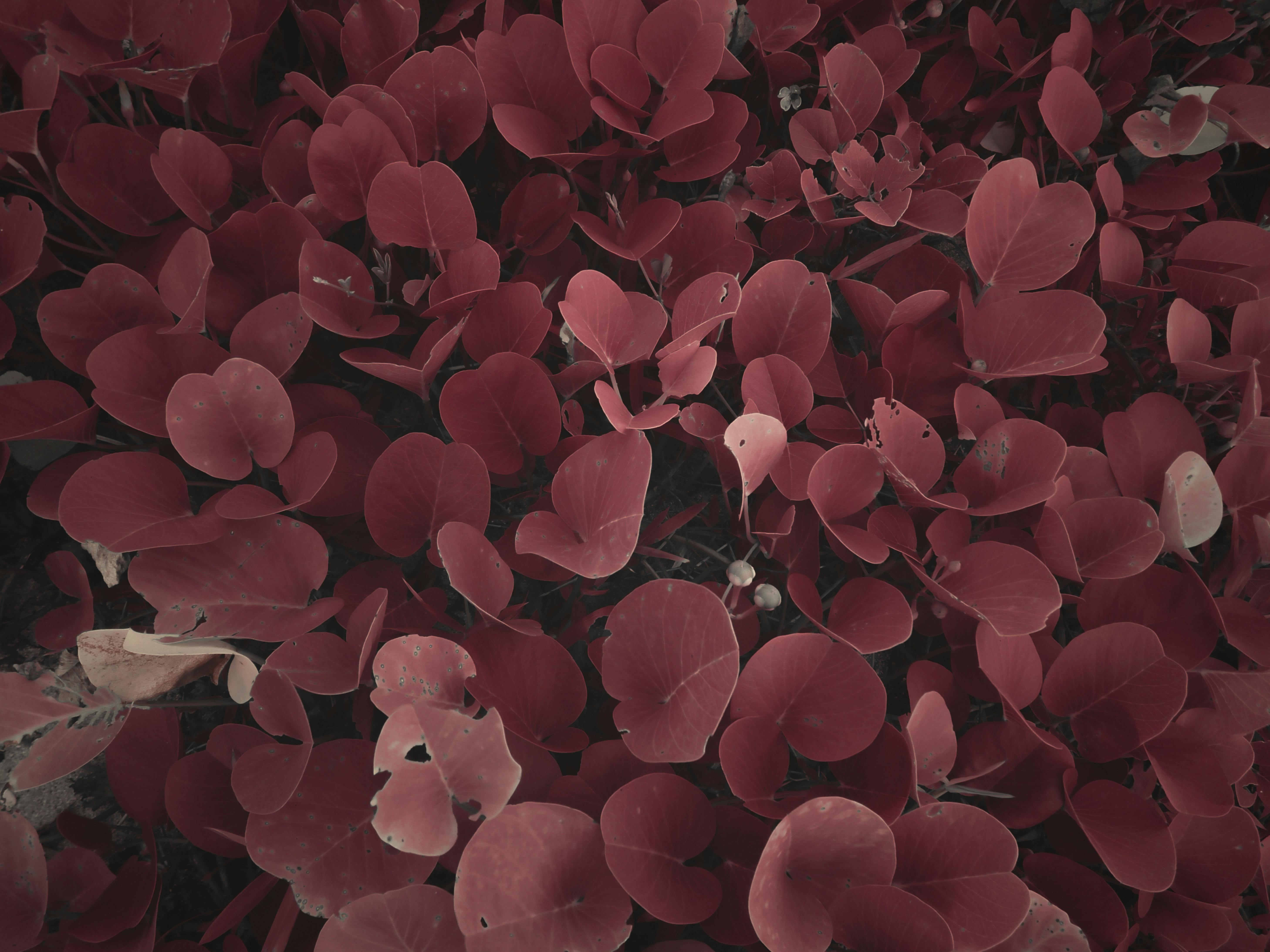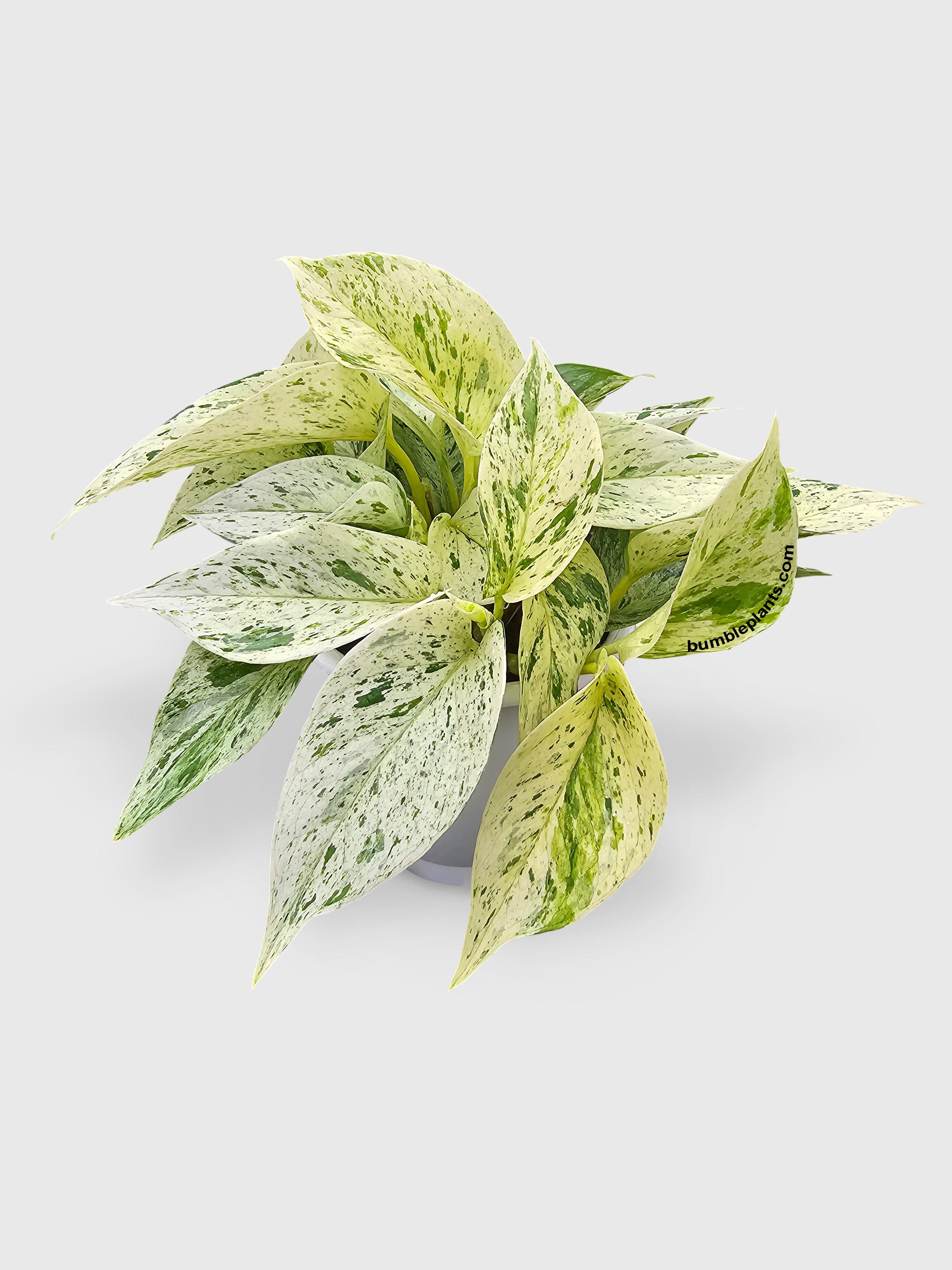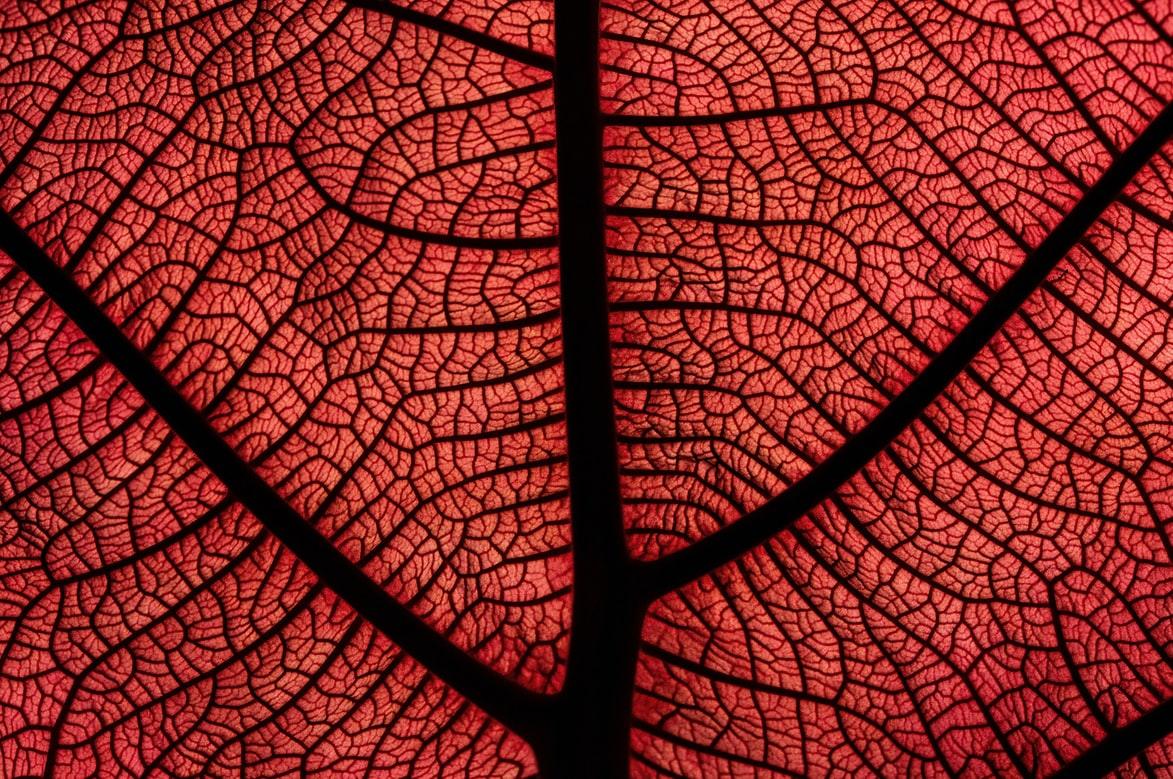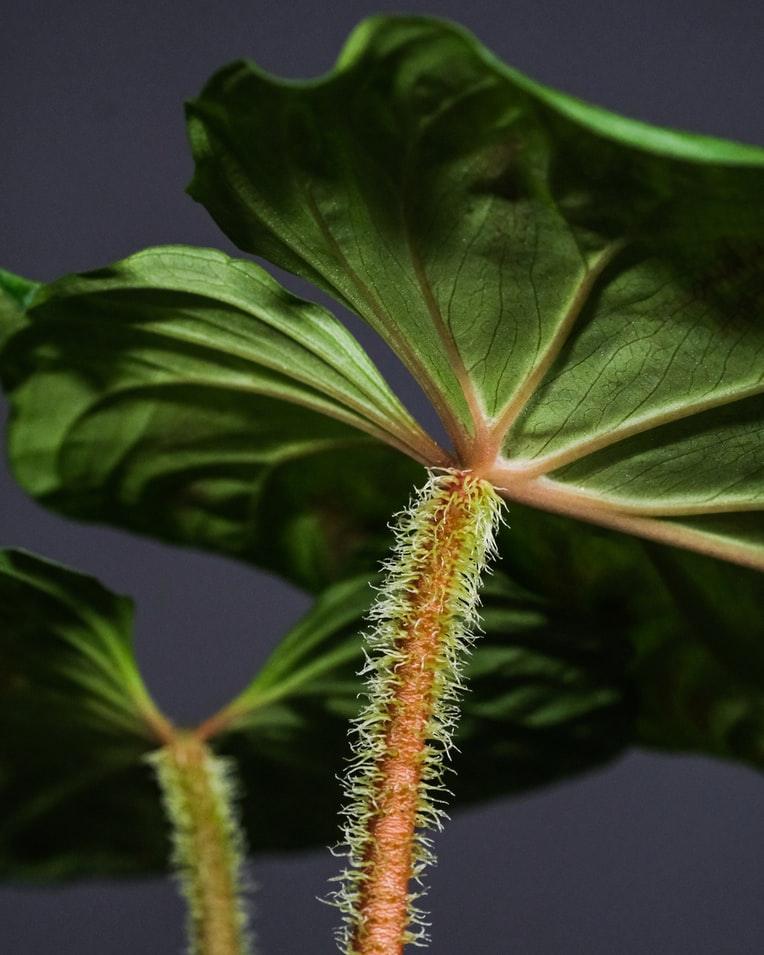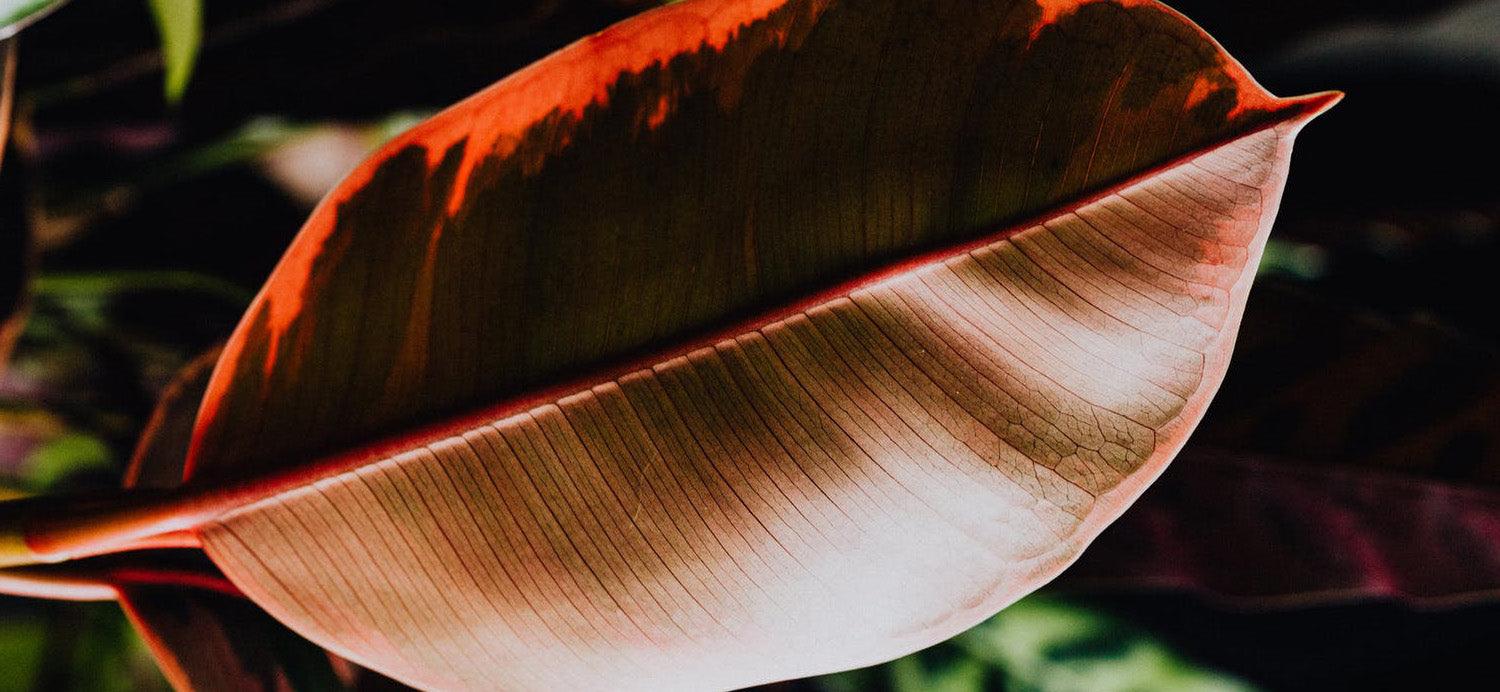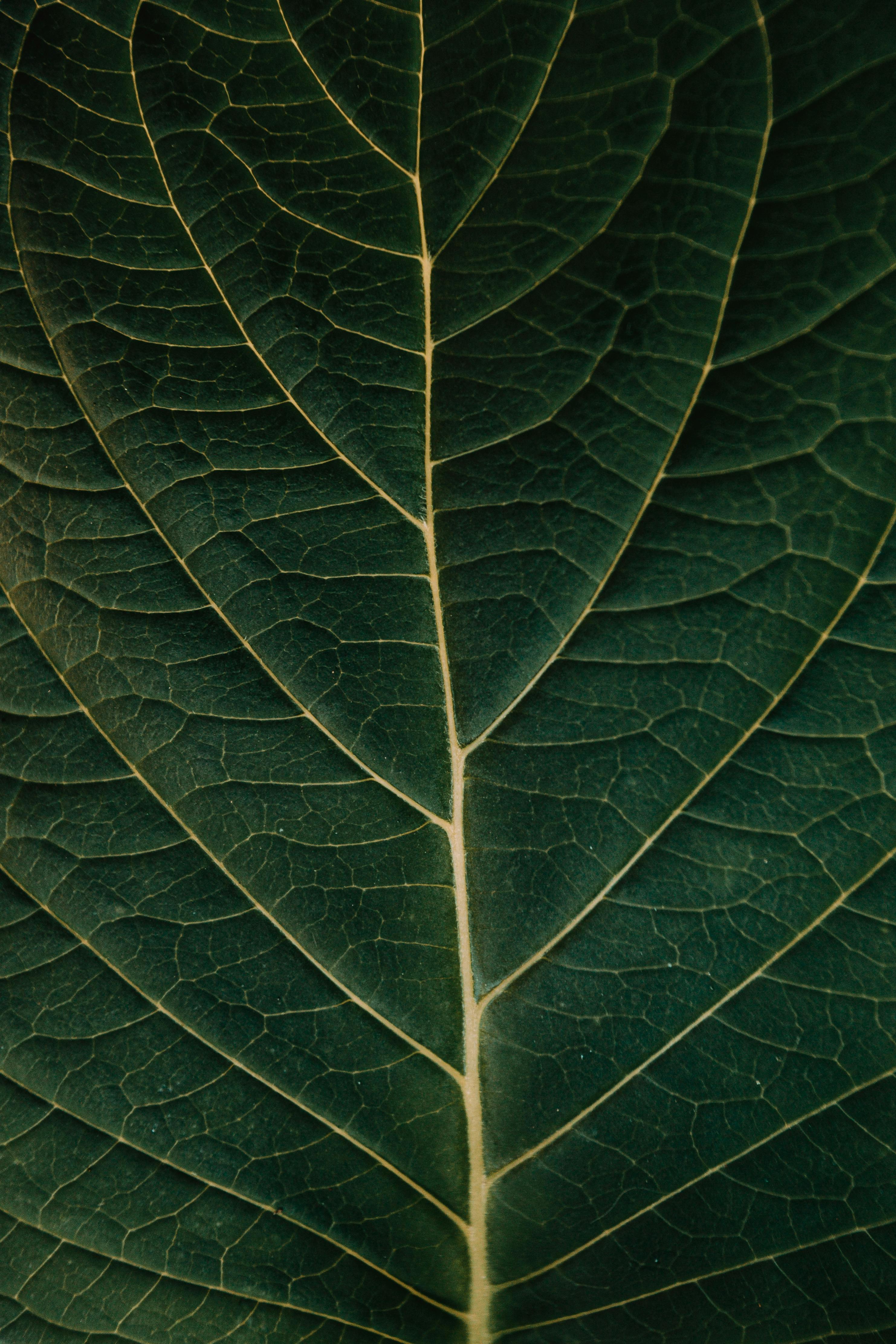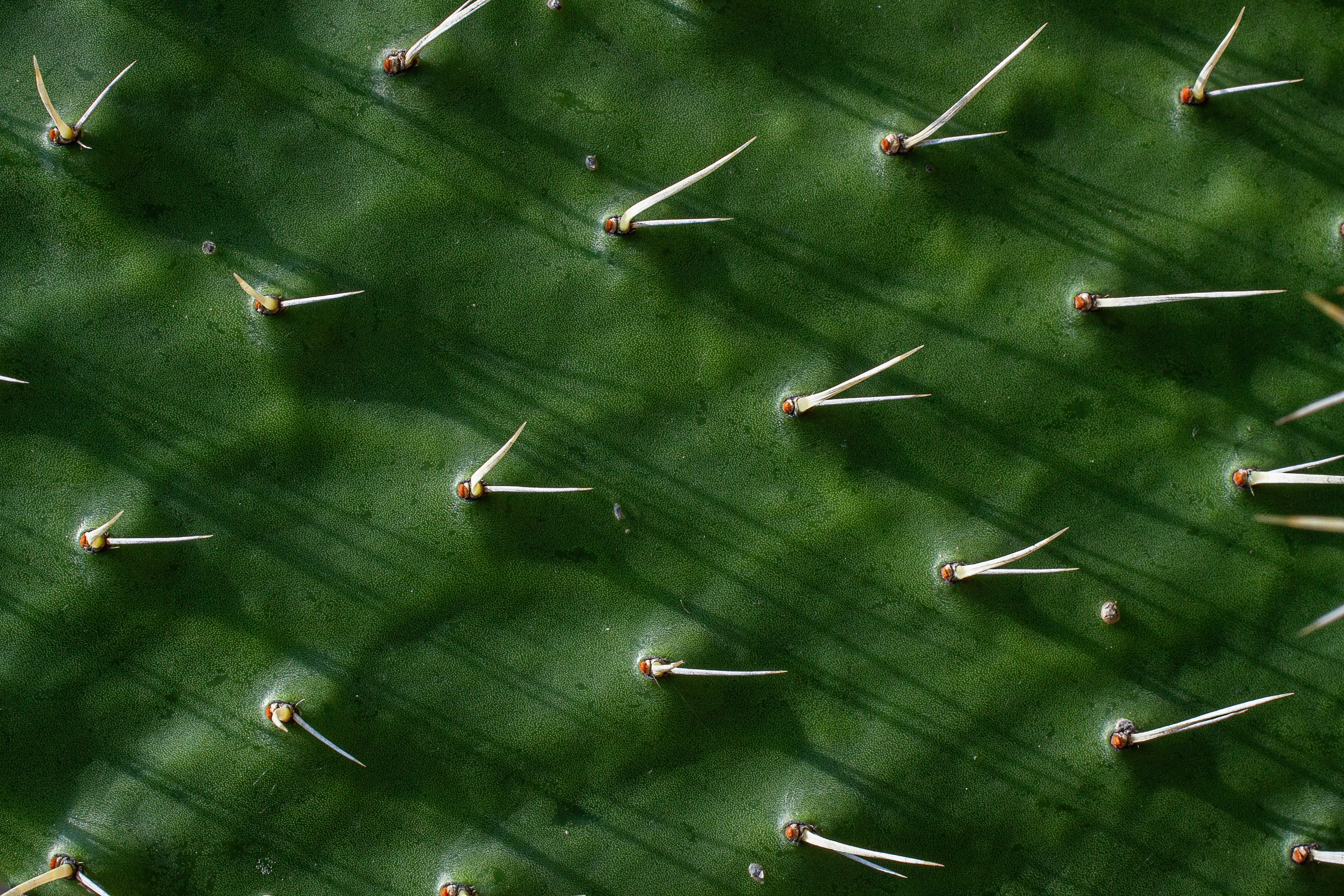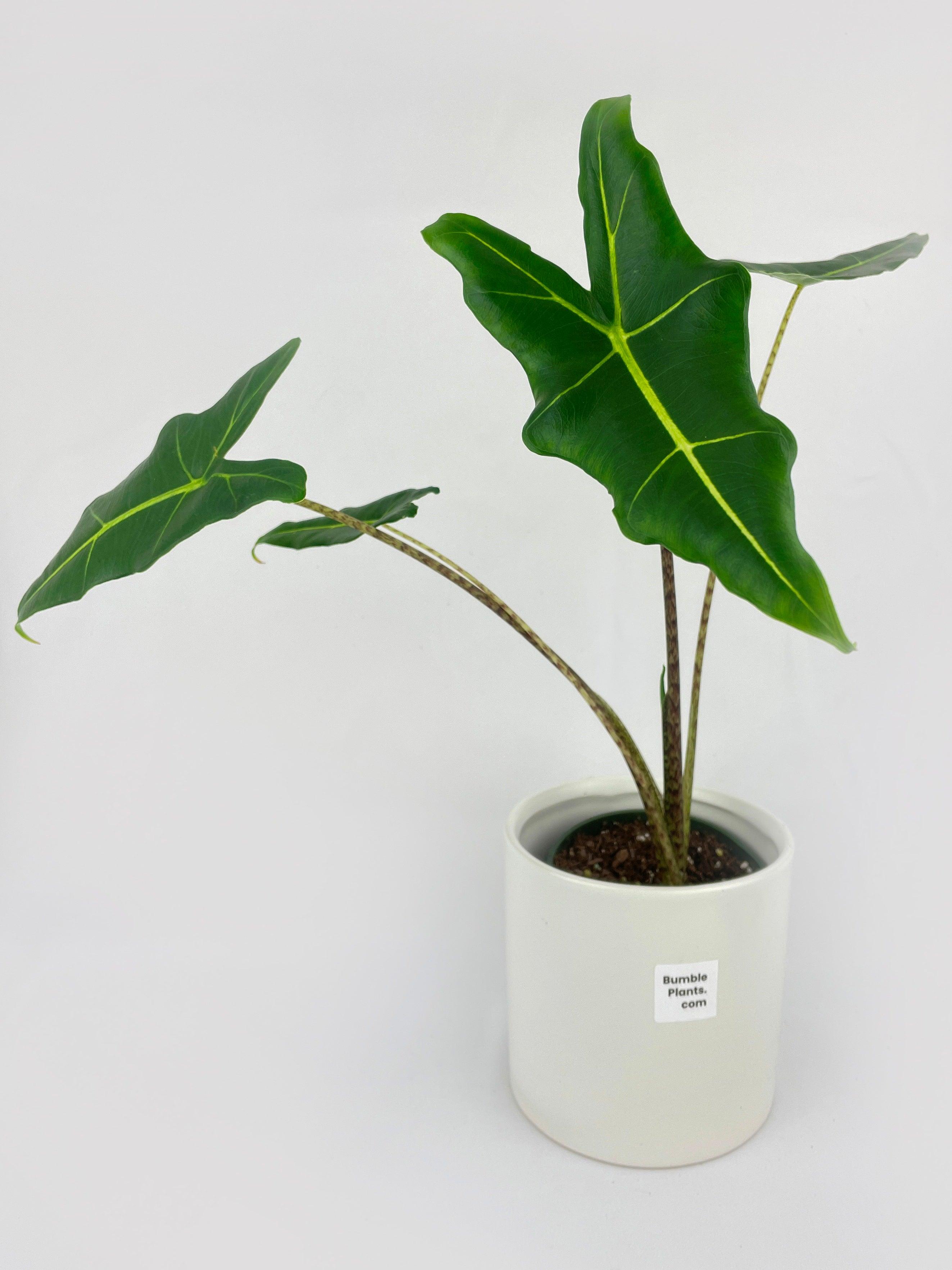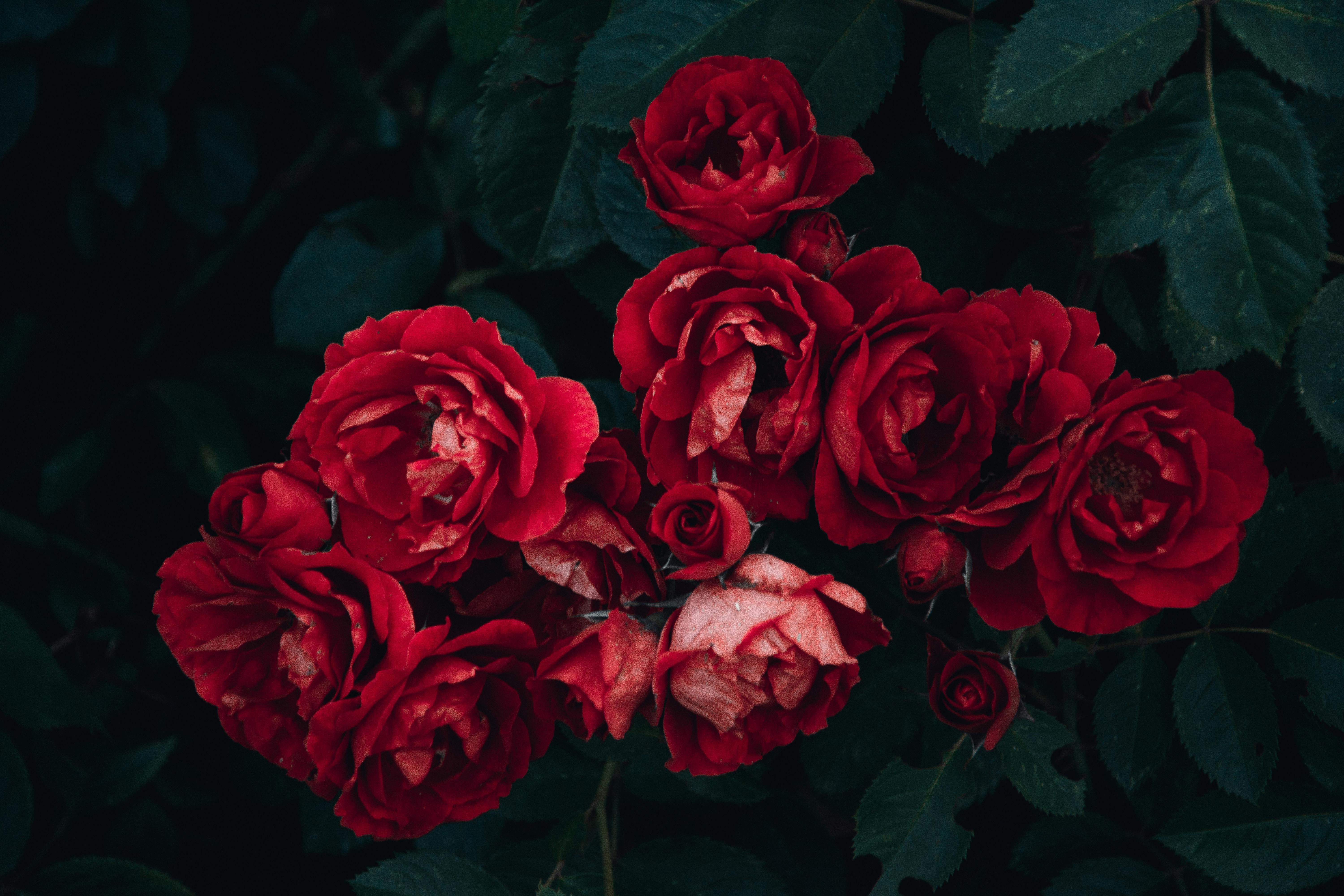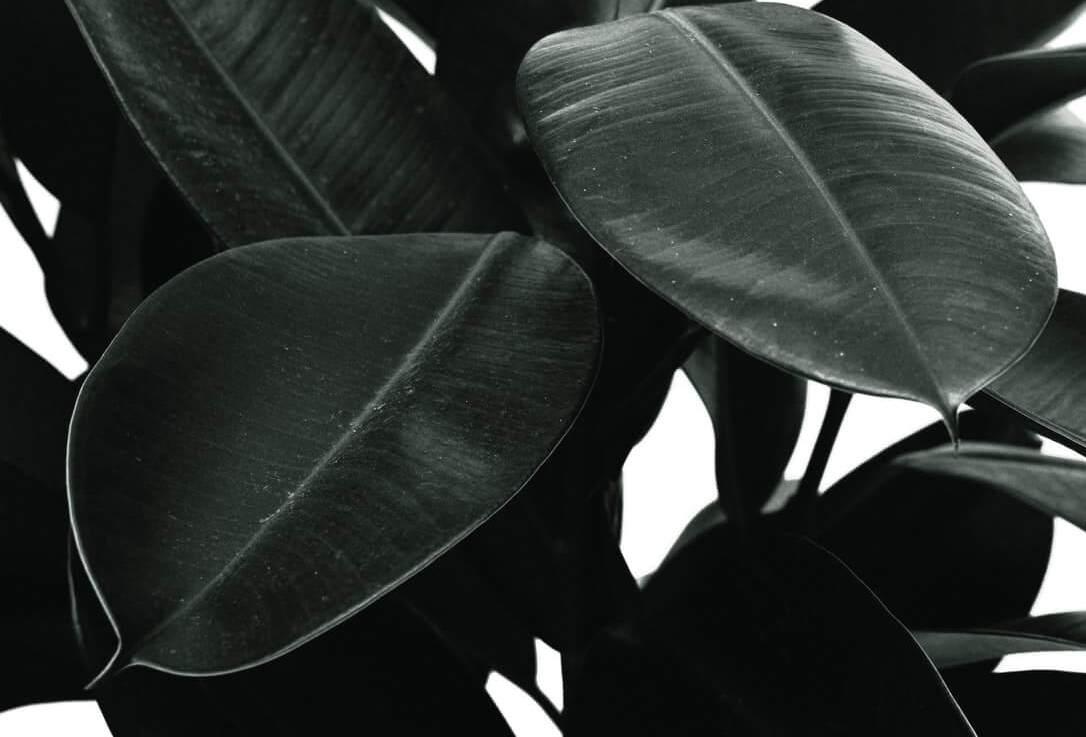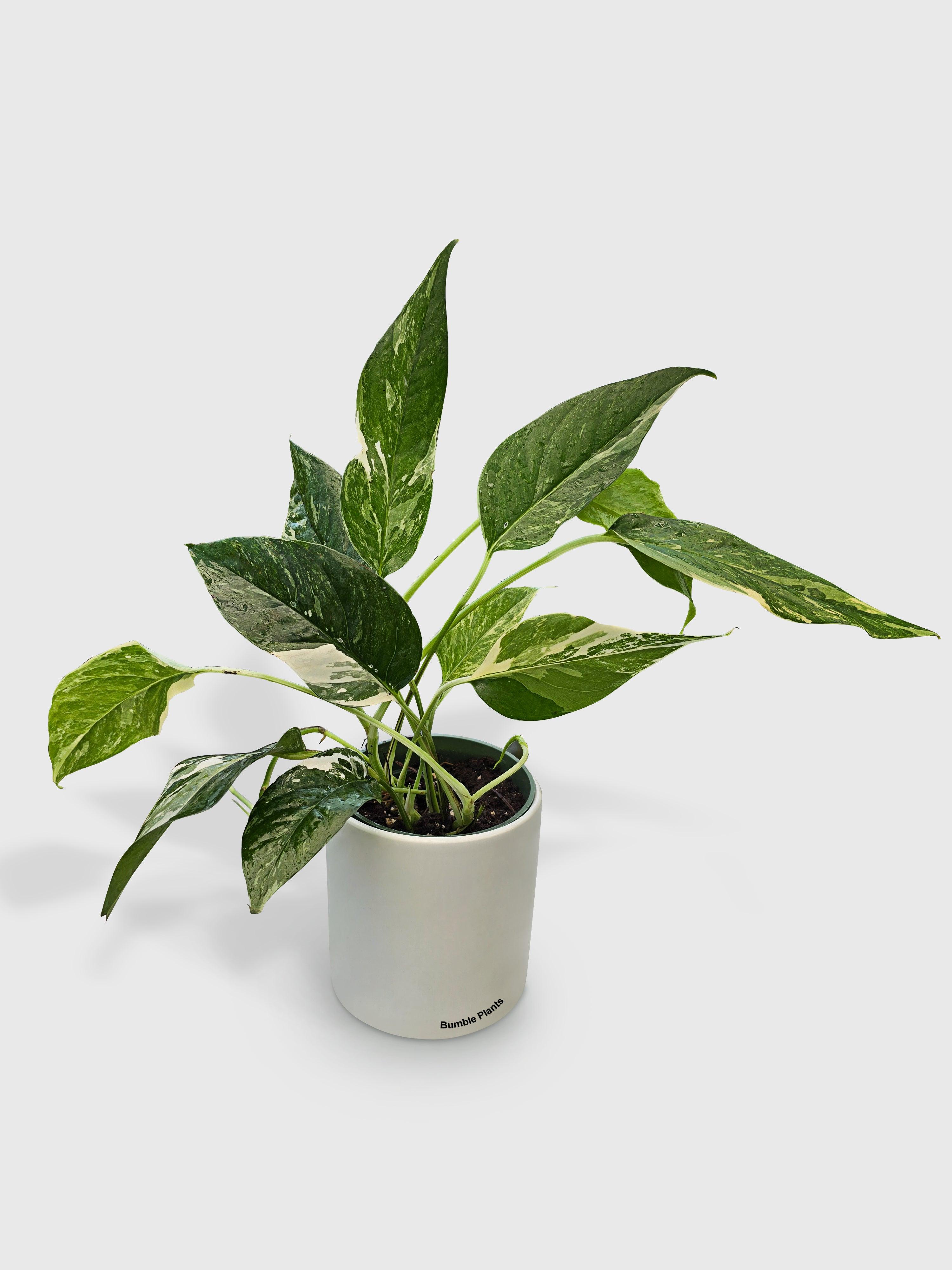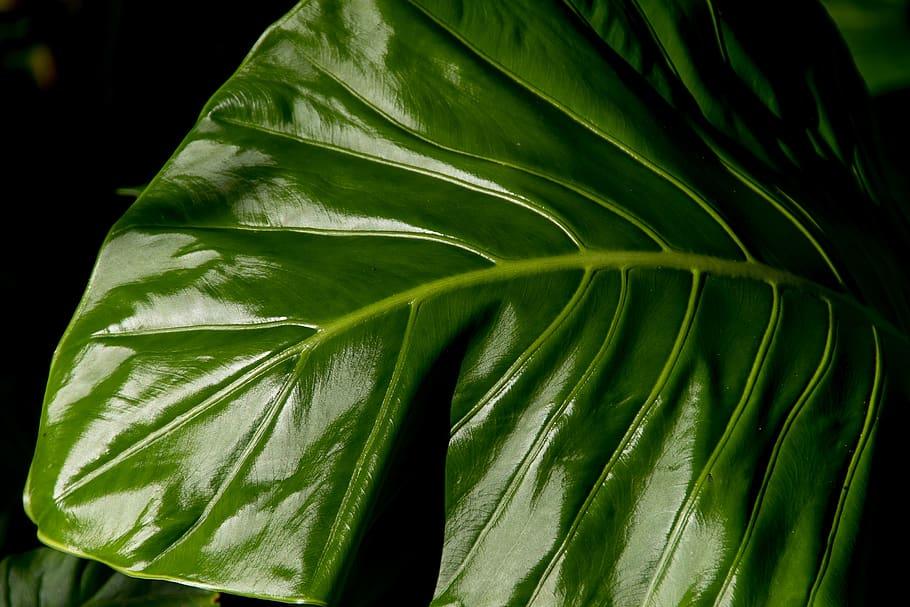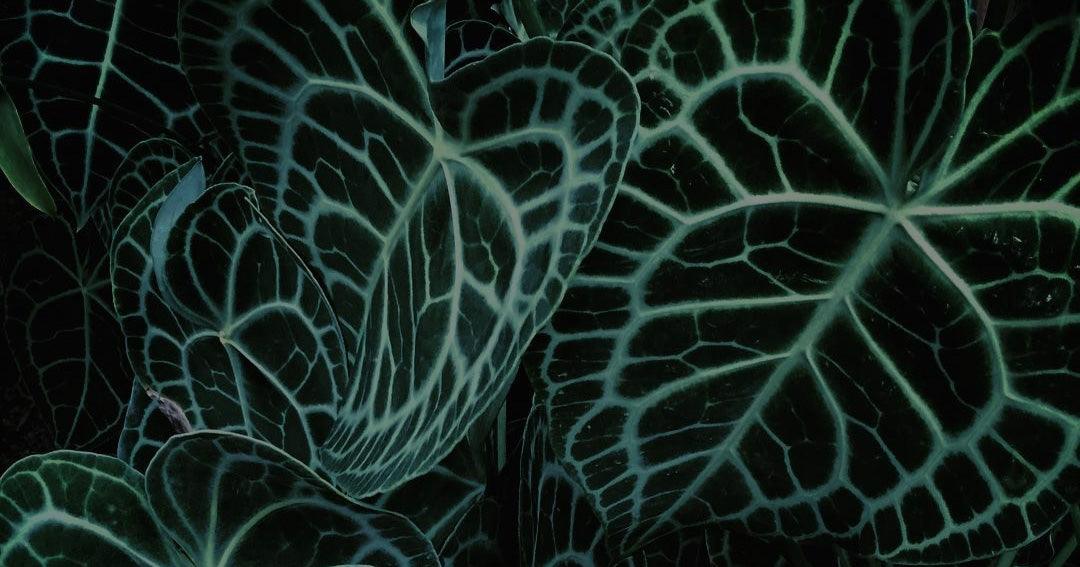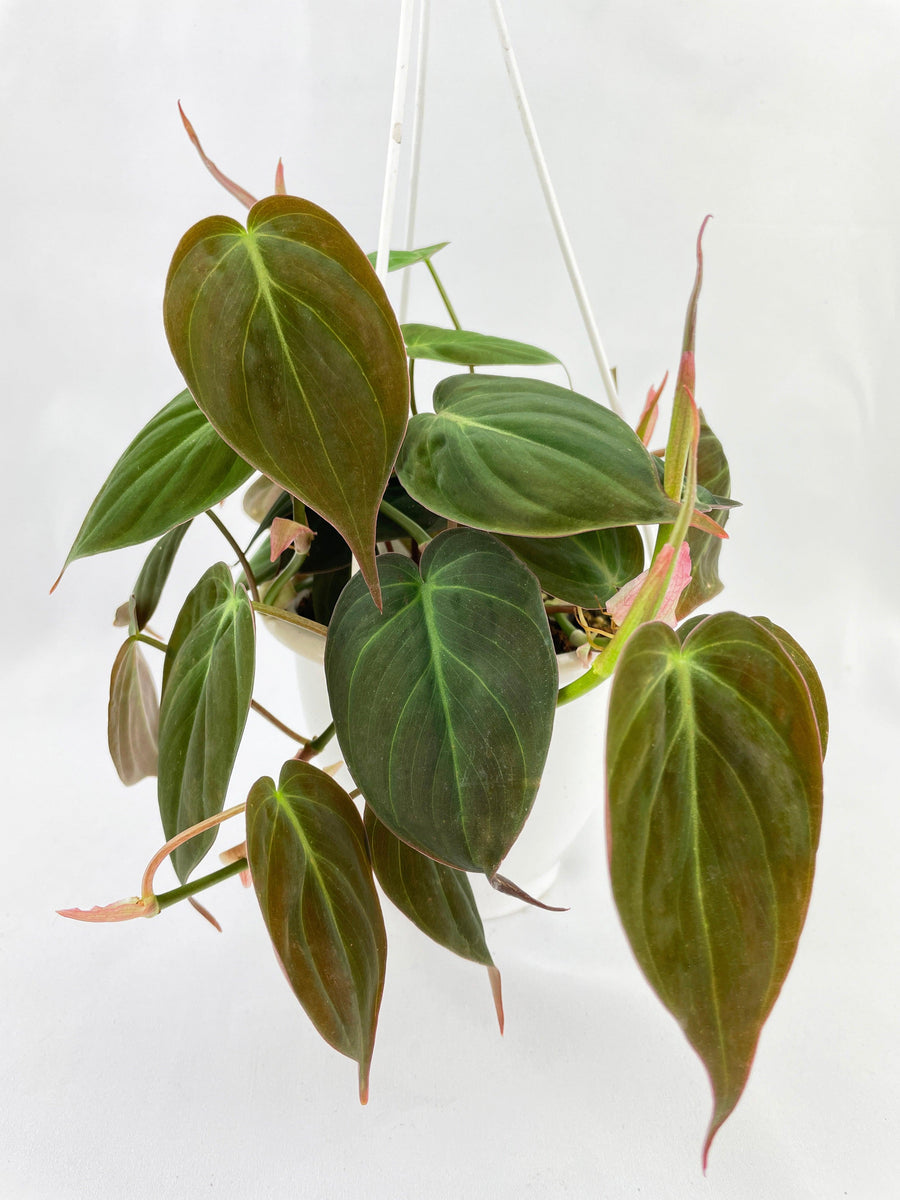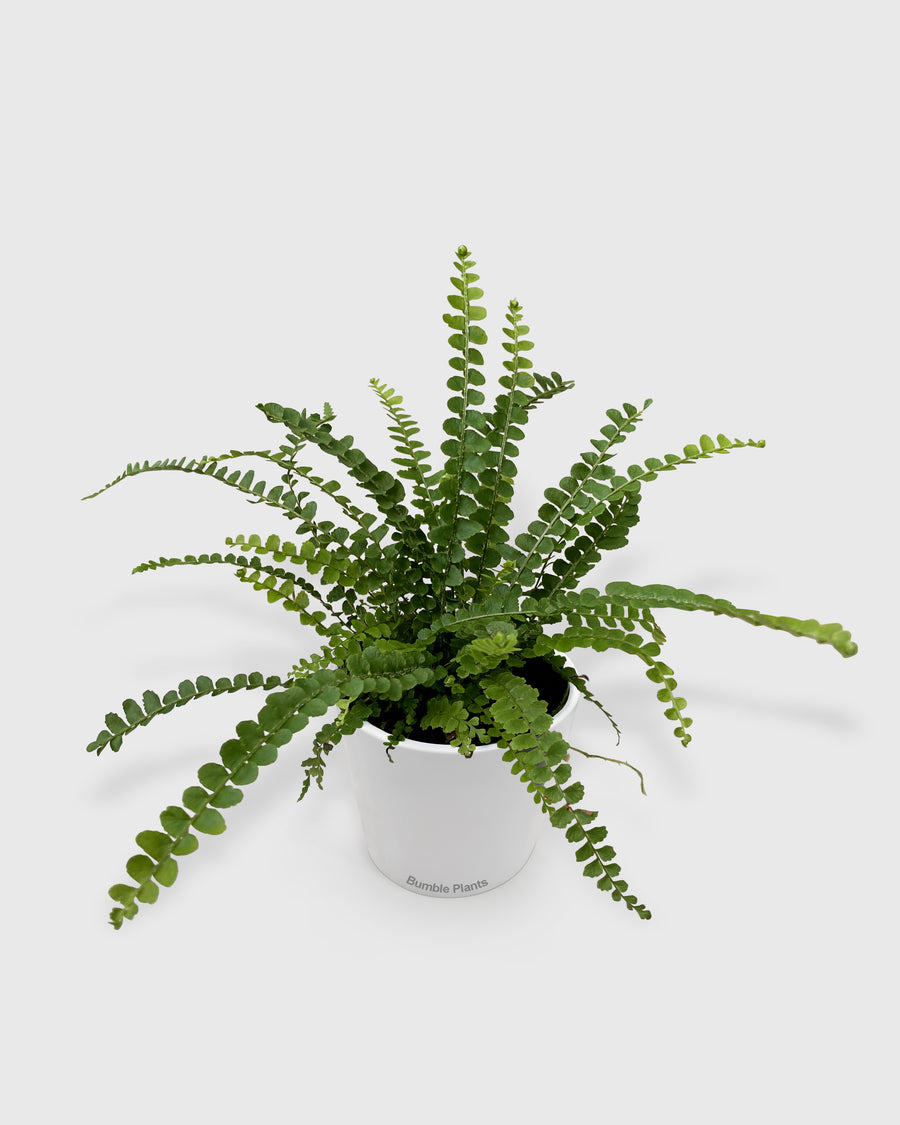How to Care for Trailing Succulent Plants: A Complete Guide
Trailing succulent plants are the rockstars of the indoor plant world. Imagine lush, cascading foliage gracefully spilling over the edge of a pot or weaving its way through a hanging planter. These captivating succulents bring cascading beauty and effortless style to any space. This comprehensive guide will equip you with everything you need to know to care for your trailing succulent plants, from choosing the perfect variety to keeping them thriving indoors. Get ready to unlock the secrets to cultivating a flourishing cascade of green magic!
Why Trailing Succulents Are So Appealing
Trailing succulents, also known as hanging succulents, are a captivating group that steals the show with their cascading growth habit. Unlike their upright counterparts, these beauties trail gracefully downwards, creating a lush, overflowing effect in pots or hanging planters.
They come in a stunning array of trailing succulent varieties to suit every taste. Some boast plump, jewel-toned leaves, while others feature delicate, thread-like foliage. There are even varieties that showcase vibrantly colored blooms, adding a touch of whimsy to your indoor oasis.
Here's a closer look at the two main ways trailing succulents can add pizzazz to your space:
A World of Trailing Succulents: Explore Different Types and Sizes
The world of trailing succulents is brimming with diversity. Popular choices include the iconic String of Pearls with cascading chains of plump, bead-like leaves. For a touch of texture, consider the Burro's Tail with its fleshy, blue-green "tails." And for a splash of color, the String of Hearts boasts heart-shaped leaves that steal the show.
Trailing Succulents Beyond the Pot: Cascading Beauty for Ground Covers and Arrangements
While trailing succulents are showstopping stars in pots and hanging planters, their talents extend beyond the container. These versatile plants can also create stunning ground cover outdoors in warmer climates. Imagine a vibrant tapestry of trailing succulents cascading down a slope or weaving through a rock garden.
Choosing the Perfect Trailing Succulent for Your Home
Choosing the perfect trailing succulent for your space is all about considering its needs and desired aesthetic. Here are two key factors to keep in mind:
How Much Sun Does Your Trailing Succulent Need?
Like most succulents, trailing varieties generally thrive in bright, indirect sunlight. A south-facing window with filtered light is an ideal spot for most species. However, some trailing succulents, like the String of Pearls, can tolerate lower light conditions.
Hanging basket succulents are fantastic options for south-facing windows or brightly lit corners. Ensure they receive enough indirect light to maintain their vibrant colors and cascading growth.
Picking the Right Pot for Your Trailing Succulent: Drainage is Key!
The right container plays a crucial role in the health of your trailing succulent. Here's what to look for when selecting a pot for your new plant friend:
Material: Opt for breathable materials like terracotta or ceramic. These allow for proper drainage, preventing root rot, a common foe of succulents.
Drainage Holes: Ensure your pot has drainage holes at the bottom to allow excess water to escape. Without proper drainage, your succulent's roots can become waterlogged and eventually rot.
Size: Choose a pot slightly larger than the root ball of your succulent. This will allow for room for growth while preventing the soil from staying wet for too long.
Hanging planters are a fantastic option for showcasing the cascading beauty of trailing succulents. Just remember to choose a planter with proper drainage holes and a sturdy hanger that can support the weight of the plant as it grows.
Considering your lighting situation and selecting the right you'll create the perfect foundation for your trailing succulent to thrive!
Essential Care Tips for Keeping Your Trailing Succulent Thriving
Unleashing the full potential of your trailing succulent is all about providing the right care. Here are some essential tips to keep your cascading beauty thriving:
Watering Your Trailing Succulent: The Art of Less is More
Remember, succulents are desert dwellers accustomed to dry conditions. Overwatering is the leading cause of problems for these plants. The key is to water deeply and allow the soil to dry out completely before watering again. Here's a helpful trick: Stick your finger into the soil. If the top inch feels dry, it's time to water.
Avoid watering on a schedule. The frequency of watering will vary depending on factors like the size of your plant, pot material, and the amount of sunlight it receives. Always adjust your watering routine based on the specific needs of your succulent.
Feeding Time for Your Trailing Succulent: When and How to Fertilize
While succulents are relatively low-maintenance plants, a gentle feeding every few months can give them a welcome boost. Use a balanced, diluted succulent fertilizer during the growing season (typically spring and summer). Avoid over-fertilizing, as this can damage the roots.
When growth slows in the winter, most trailing succulents don't require fertilization.
Encouraging Bushier Growth: Pinching and Pruning Your Trailing Succulent
While some trailing succulents naturally grow long and cascade, others can become leggy. You can pinch off leggy stems or prune back overgrown areas to encourage a bushier appearance. Don't be afraid to get creative! Pinching and pruning also allow you to propagate new trailing succulents, as we'll explore later.
Propagating Your Trailing Succulent: Multiplying the Beauty
The beauty of trailing succulents extends beyond their captivating looks. These plants are surprisingly easy to propagate, allowing you to create a cascade of green magic throughout your home. Here, we'll explore the art of propagating new trailing succulents from existing plants:
Propagating from Leaves and Stem Cuttings: Grow More Trailing Succulents!
You can transform leftover trimmings from pruning or pinching into vibrant new trailing succulents with a few simple steps. There are two main methods you can use:
Leaf Propagation: Select healthy leaves from your established trailing succulent. Place the leaves on a dry surface in indirect light for a few days to allow them to callous over. Once calloused, gently lay the leaves on top of a well-draining succulent mix. Mist the soil lightly and keep it barely moist. With patience, tiny roots and new plantlets will begin to sprout from the base of the leaves.
Stem Propagation: Choose healthy stem cuttings from your trailing succulent. Each cutting should ideally have a few nodes (the little bumps where leaves grow). Allow the cuttings to callous over for a few days, as with leaf propagation. Then, plant the calloused end of the stem, cutting into a pot filled with well-draining succulent mix. Water lightly and keep the soil barely moist. Roots will eventually develop from the nodes, and your new trailing succulent will begin to grow.
When propagating, use a well-draining succulent mix specifically formulated for these plants. Regular potting soil can retain too much moisture and lead to rot. With some patience and these simple techniques, you can transform leftover prunings into a flourishing collection of trailing succulents. The possibilities for propagation are endless, allowing you to share the joy of these cascading beauties with friends and family!
Design Inspiration: Bring Trailing Succulent Magic to Your Home
Trailing succulents are the ultimate design chameleons, seamlessly integrating into various home decor styles. Here are some inspiring ideas to unleash the cascading beauty of these plants within your living space:
Creating an Indoor Oasis with Trailing Succulents
Shelf Life: Trailing succulents add a touch of whimsy and overflowing charm to bookshelves and windowsills. Place a collection of potted succulents in varying sizes and colors for a visually captivating display.
Hanging Around: Unleash the cascading potential of trailing succulents in hanging planters. Group several planters of different lengths at varying heights for a dynamic and cascading effect. This is a perfect way to add life to empty corners or sunny windows.
Tabletop Drama: Create a stunning centerpiece for your coffee table or dining table by arranging trailing succulents in a shallow dish or decorative bowl filled with pebbles. The cascading foliage will add a touch of organic texture and visual interest to your table setting.
Living Wall Magic: Vertical gardens are a fantastic way to maximize space and add a touch of greenery to your home. Consider incorporating trailing succulents into your vertical garden design. Their cascading growth habit will create a lush, textured wall that adds vibrancy to any room.
These are just a few ideas to get your creative juices flowing. The possibilities for incorporating trailing succulents into your home décor are endless! Experiment with different arrangements and containers to find what complements your unique style and space.
The Perfect Hanging Planter for Your Trailing Succulent
Hanging planters take center stage when showcasing the cascading beauty of trailing succulents. But with so many options available, choosing the right one can feel overwhelming. Here are some key factors to consider when selecting the perfect hanging planter for your trailing succulent:
Material: Opt for breathable materials like terracotta, ceramic, or wire baskets. These allow for proper drainage and air circulation, preventing root rot. Plastic planters can trap moisture, so avoid them unless they have drainage holes.
Size and Weight: Consider the mature size of your trailing succulent and choose a planter that can accommodate its growth. A lightweight planter is ideal, especially for larger hanging arrangements, to avoid straining your ceiling or wall anchor.
Drainage: Drainage is crucial! Ensure your hanging planter has drainage holes at the bottom to allow excess water to escape. Some hanging planters come with a built-in saucer to catch drips. Consider adding a tray underneath to protect your furniture if yours doesn't.
Style: Hanging planters come in various styles and materials to complement any décor. For a classic look, opt for terracotta or ceramic pots. For a modern touch, consider sleek metal or wire baskets. Don't be afraid to get creative and choose a planter that reflects your unique style.
Trailing Succulents for Your Outdoor Garden
Trailing succulents aren't just indoor superstars; they can also add a touch of cascading magic to your outdoor haven. These versatile plants can thrive in various outdoor settings in warmer climates with well-drained soil. Here's how to unleash the potential of trailing succulents in your outdoor landscape design:
Creating a Cascading Paradise Outdoors: Using Trailing Succulents in Your Landscaping
Spilling Over Walls: Trailing succulents are fantastic for adding a touch of vertical interest to retaining walls or raised garden beds. Plant them along the edges and let their cascading foliage soften the hard lines of the structure. They'll create a lush, overflowing effect that intrigues your outdoor space.
Rock Garden Rhapsody: Trailing succulents bring a touch of whimsy and texture to rock gardens. Plant them amongst rocks and pebbles, allowing their cascading foliage to weave through the crevices. They'll add a touch of life and color to your rock garden, creating a low-maintenance and visually captivating feature.
Thriller Spills: Trailing succulents can be stunning additions to container arrangements on your patio or deck. Plant them in a hanging basket or a tall pot and let their foliage cascade down. They can play the "thriller" role in container design principles, adding height and drama to your outdoor arrangements.
Choosing Companion Plants for Your Outdoor Trailing Succulents
While trailing succulents can certainly hold their own in a container, pairing them with complementary plants can create even more visual interest and texture. Here are some things to consider when choosing container companions for your outdoor trailing succulent arrangements:
Size and Scale: Select plants that complement the mature size of your trailing succulent. Avoid overcrowding the pot with plants that grow too large or compete for resources.
Sun and Water Needs: Opt for plants with similar sun and watering requirements as your trailing succulent. This will ensure all the plants in your container thrive under the same care routine.
Color and Texture: Play with color and texture to create a visually dynamic arrangement. For a monochromatic look, choose plants with complementary shades of green. For a bolder statement, incorporate contrasting colors or variegated foliage.
Conclusion
Trailing succulent plants offer a captivating combination of beauty and ease of care. Their cascading foliage and diverse varieties bring a touch of cascading magic to any space. This comprehensive guide has equipped you with the knowledge to select the perfect trailing succulent plant, provide it with the care it needs, and showcase its overflowing charm indoors or outdoors. So, unleash your creativity, embrace the cascading beauty of these botanical wonders, and let your trailing succulent collection flourish!


